Stainless Steel Suppliers
How to cut stainless steel?
Once upon a time, there was a talented metalworker named Alex. Known for their exceptional craftsmanship, Alex was sought after by many for their ability to shape stainless steel into stunning works of art. However, their secret weapon was their mastery of cutting techniques. One day, a group of aspiring metalworkers approached Alex, eager to learn the art of cutting stainless steel.
So how to cut stainless steel?
To cut stainless steel, we can use various methods. One common approach is using a power tool such as an angle grinder with a cutting disc specifically designed for stainless steel. Another option is using a plasma cutter or a laser cutter for more precise cuts. It’s essential to wear safety gear, secure the material, and choose the appropriate cutting tool for the desired outcome.
In this article, we delve into the fascinating world of stainless steel cutting, uncovering the techniques, tools, and tips that will empower you to cut stainless steel with precision and finesse. Join us on this journey to unlock the secrets of mastering the art of cutting stainless steel.
Table of Contents
I. Introduction
Cutting stainless steel is a crucial skill in various industries, from construction to manufacturing. As one of the most versatile and widely used materials, stainless steel offers exceptional strength, durability, and resistance to corrosion. However, its unique properties present challenges when it comes to cutting. In this blog, we will explore the importance of stainless steel cutting, the challenges involved, and provide valuable insights on how to cut stainless steel effectively.

A. Explanation of the importance of stainless steel cutting
Stainless steel is extensively utilized in many applications due to its remarkable qualities. Its resistance to corrosion, heat, and chemical damage makes it an ideal choice for constructing buildings, manufacturing equipment, and creating household items.
To utilize stainless steel effectively, it often needs to be cut into specific shapes and sizes to fit various requirements. Proper cutting techniques are essential to achieve precise results, maintain structural integrity, and maximize the material’s potential.
B. Overview of the challenges and considerations involved in cutting stainless steel
While stainless steel is an excellent material, it poses unique challenges during the cutting process. Its high strength and hardness can make it difficult to cut using conventional tools. The risk of work hardening, heat buildup, and distortion is significant.
Additionally, the potential for tool wear and damage is higher compared to other metals. Therefore, understanding the intricacies of stainless steel cutting is vital to ensure efficient production, minimize waste, and maintain the quality of the finished products.
The purpose of this blog is to provide comprehensive guidance on how to cut stainless steel effectively. We will delve into various techniques, tools, and best practices that stainless steel suppliers and fabricators can employ to overcome the challenges associated with cutting this remarkable material. By the end of this blog, you will have a solid understanding of the different cutting methods, safety considerations, and tips for achieving optimal results when working with stainless steel.
Overall, mastering the art of cutting stainless steel opens up a world of possibilities for manufacturers, engineers, and DIY enthusiasts. With the right knowledge and techniques, stainless steel suppliers and fabricators can confidently create products that meet the highest standards of quality, durability, and aesthetics. So, let’s explore the realm of stainless steel cutting and unlock its full potential together.
II. Understanding Stainless Steel
- Stainless steel is a remarkable alloy composed primarily of iron, chromium, and varying amounts of other elements such as nickel, molybdenum, and manganese.
It possesses unique properties that make it highly desirable for a wide range of applications. Stainless steel is known for its exceptional corrosion resistance, which is achieved through the formation of a passive chromium oxide layer on its surface.
This layer acts as a protective barrier against rust, making stainless steel ideal for applications in harsh environments. - Stainless steel also exhibits excellent strength, durability, and heat resistance. It can withstand high temperatures without losing its structural integrity, making it suitable for applications involving heat and pressure.
Additionally, stainless steel offers hygienic properties, making it a preferred choice for industries such as food processing and medical equipment manufacturing. - There are numerous types and grades of stainless steel, each designed to meet specific requirements. The most common types include austenitic, ferritic, martensitic, and duplex stainless steels.
Austenitic stainless steel, such as the popular grade 304, is non-magnetic and offers excellent corrosion resistance, making it widely used in various industries. - Ferritic stainless steel, like grade 430, is magnetic and has lower corrosion resistance but exhibits good formability and high-temperature strength. Martensitic stainless steel, such as grade 410, is known for its high strength and hardness.
Duplex stainless steel combines the qualities of both austenitic and ferritic stainless steels, providing enhanced strength and corrosion resistance.
- Choosing the right stainless steel for cutting is crucial to achieve desired results. Factors such as the intended application, environmental conditions, and desired mechanical properties must be considered. Different grades of stainless steel have varying machinability, hardness, and resistance to cutting forces.
Stainless steel suppliers play a critical role in guiding fabricators and manufacturers in selecting the appropriate stainless steel grade that suits their cutting requirements. By understanding the properties and characteristics of stainless steel, suppliers can ensure that their customers have access to the most suitable material for their cutting needs. - Furthermore, selecting the correct stainless steel grade contributes to the overall success of the cutting process. It affects the choice of cutting tools, cutting techniques, and the ability to achieve precise cuts while minimizing tool wear and distortion.
Stainless steel suppliers who provide expertise in material selection empower fabricators to make informed decisions and optimize their cutting operations. - In summary, comprehending the properties and different grades of stainless steel is vital for stainless steel suppliers and fabricators alike. It enables them to identify the most appropriate stainless steel for cutting applications, ensuring optimal results in terms of durability, corrosion resistance, and machinability.
By working together, suppliers and fabricators can create efficient and effective cutting processes that maximize the potential of stainless steel.
III. Tools and Equipment for Stainless Steel Cutting
A. Overview of common cutting tools for stainless steel
Cutting stainless steel requires the use of specific tools designed to handle its hardness and strength. Stainless steel suppliers offer a range of cutting tools suitable for various cutting techniques. Some common tools include:
- Abrasive cut-off wheels:
These wheels consist of abrasive particles bonded together and are used with angle grinders or chop saws. They are effective for straight cuts and are available in different sizes and thicknesses. - Bandsaws:
Bandsaws equipped with high-speed steel or carbide-tipped blades are commonly used for cutting stainless steel. They offer precision and versatility, allowing for curved cuts and intricate shapes. - Plasma cutters:
Plasma cutting is a popular method for cutting stainless steel, especially for thicker materials. Plasma cutters use an electrically conductive gas to create a high-temperature plasma arc, melting and cutting through the stainless steel.
B. Discussion of their features, advantages, and limitations
Each cutting tool has its own features, advantages, and limitations when it comes to cutting stainless steel.
- Abrasive cut-off wheels:
These wheels are cost-effective and readily available. They provide fast cutting speeds and can handle thin sheets of stainless steel.
However, they may generate a significant amount of heat and create burrs or rough edges. - Bandsaws:
Bandsaws offer excellent precision and the ability to make intricate cuts.
They produce clean edges and can handle various thicknesses of stainless steel.
However, they may require more setup time and maintenance compared to other tools. - Plasma cutters:
Plasma cutters excel at cutting thick stainless steel quickly and precisely.
They provide smooth edges and do not create excessive heat-affected zones. |
However, they may be more expensive to purchase and operate, and the initial setup requires specialized equipment.
C. Safety precautions when using cutting tools
When using cutting tools for stainless steel, safety should always be a top priority. Stainless steel suppliers emphasize the following safety precautions:
- Personal protective equipment (PPE):
Wear appropriate PPE, including safety glasses, gloves, and protective clothing, to protect against sparks, debris, and potential injuries. - Secure workpiece:
Ensure the stainless steel workpiece is securely clamped or held in place to prevent movement during the cutting process. - Ventilation:
Work in a well-ventilated area or use local exhaust ventilation to minimize exposure to fumes and dust generated during cutting. - Tool maintenance:
Regularly inspect and maintain cutting tools to ensure their proper functioning and prevent accidents caused by worn-out or damaged equipment. - Training and knowledge:
Ensure operators are trained in the correct use of cutting tools and techniques, including understanding the limitations and potential risks associated with cutting stainless steel.
By following these safety precautions and using the appropriate cutting tools, stainless steel suppliers and fabricators can significantly reduce the risk of accidents, ensure a safer working environment, and achieve high-quality cuts in stainless steel.
In conclusion, stainless steel cutting requires specific tools and equipment designed to handle its unique properties. Stainless steel suppliers offer a variety of cutting tools, each with its own features, advantages, and limitations. However, it is crucial to prioritize safety by following recommended precautions and providing proper training to individuals handling these tools. By employing the right tools and adhering to safety guidelines, stainless steel suppliers and fabricators can effectively cut stainless steel and meet the demands of various industries.
IV. Techniques for Cutting Stainless Steel
A. Overview of various cutting techniques
When it comes to cutting stainless steel, several techniques are commonly employed:
- Shearing:
Shearing involves using a sharp-edged blade to make straight cuts through stainless steel sheets or plates.
This technique is ideal for high-volume cutting and is relatively fast and cost-effective. - Sawing:
Sawing utilizes specialized saw blades to cut through stainless steel. Band saws and circular saws equipped with the appropriate blades are commonly used.
Sawing provides precise cuts and is suitable for various thicknesses and shapes. - Plasma cutting:
Plasma cutting involves the use of a high-velocity jet of ionized gas to melt and cut through stainless steel.
It is effective for cutting thick stainless steel and offers high cutting speeds and accuracy. - Laser cutting:
Laser cutting utilizes a focused laser beam to melt and vaporize the stainless steel, creating precise cuts.
Laser cutting is highly accurate, suitable for intricate shapes, and provides a clean edge finish. - Waterjet cutting:
Waterjet cutting employs a high-pressure stream of water mixed with an abrasive substance to cut through stainless steel.
This technique is versatile, allowing for the cutting of various thicknesses and materials, and does not generate heat-affected zones.
B. Detailed explanation of each technique, including process, benefits, and applications
- Shearing:
Shearing involves placing the stainless steel between two sharp blades and applying force to create a clean, straight cut. It is commonly used in manufacturing processes, such as fabrication and sheet metal cutting.
Shearing offers high productivity and cost-efficiency, especially for large-scale production. - Sawing:
Sawing stainless steel with band saws or circular saws equipped with the appropriate blades allows for precise and controlled cuts.It is suitable for cutting stainless steel tubes, profiles, and sheets.
Sawing offers flexibility in terms of cutting angles and is commonly used in metalworking, construction, and fabrication industries. - Plasma cutting:
Plasma cutting utilizes a plasma arc to melt and cut through stainless steel. It is particularly effective for cutting thick stainless steel plates and structural components.
Plasma cutting provides high cutting speeds, versatility in terms of shapes and sizes, and minimal heat distortion. It finds applications in industries such as automotive, aerospace, and shipbuilding. - Laser cutting: Laser cutting utilizes a focused laser beam to melt and vaporize the stainless steel, resulting in precise cuts with minimal heat-affected zones. It is ideal for complex shapes, intricate designs, and thin stainless steel sheets.
Laser cutting offers high accuracy, clean edges, and is widely used in industries like electronics, signage, and jewelry manufacturing. - Waterjet cutting:
Waterjet cutting employs a high-pressure stream of water mixed with an abrasive substance to cut through stainless steel. It is suitable for various materials, including thick stainless steel, and offers the ability to cut intricate shapes with high precision.
Waterjet cutting does not generate heat and is commonly used in industries such as architecture, art, and manufacturing.
C. Comparison of the different techniques based on precision, speed, and cost
The choice of cutting technique depends on factors such as the desired precision, cutting speed, and budget.
Shearing and sawing techniques provide fast and cost-effective solutions for straight cuts.
Plasma cutting offers high cutting speeds for thicker materials, while laser cutting provides exceptional precision for intricate designs.
Waterjet cutting excels in versatility and precision, without generating heat.
Each technique has its own advantages and limitations, and stainless steel suppliers can provide guidance on selecting the most suitable technique based on specific cutting requirements.
By following these tips and best practices, stainless steel cutting can be performed effectively and with better results. Stainless steel suppliers can provide further guidance and recommendations based on specific cutting requirements, ensuring successful outcomes.
Remember, understanding how to cut stainless steel properly is crucial to achieving accurate and high-quality results while ensuring the safety of operators and maintaining the integrity of the material.
V. Tips and Best Practices for Effective Stainless Steel Cutting
A. Preparing the workpiece
for cutting
- Clean the surface:
Before cutting stainless steel, ensure that the workpiece is free from contaminants such as dirt, oil, or rust.
Use a stainless steel cleaner or solvent to clean the surface thoroughly. - Marking and measuring:
Accurate marking and measuring are essential for precise cuts.
Use a scribe or a permanent marker to mark the cutting lines on the stainless steel, taking into consideration the desired dimensions and shape of the final piece.
B. Choosing the appropriate cutting method based on the desired outcome
- Consider the material thickness:
Different cutting techniques are suitable for various thicknesses of stainless steel.
For thinner sheets, shearing, sawing, or laser cutting may be more appropriate, while plasma cutting or waterjet cutting can handle thicker materials. - Evaluate complexity and precision:
If you require intricate designs or complex shapes, laser cutting or waterjet cutting is recommended due to their high precision capabilities. For simpler shapes, shearing or sawing may suffice.
C. Maintaining tool sharpness and proper lubrication
- Sharpening cutting tools:
Regularly check and sharpen the cutting tools to ensure clean and efficient cuts. Dull blades can result in rough edges and increased cutting forces. - Lubrication and cooling:
Using appropriate lubricants or coolants during the cutting process helps reduce friction, heat, and tool wear.
Consult with stainless steel suppliers or tool manufacturers to determine the best lubrication method for the specific cutting technique and material being used.
D. Minimizing heat and preventing distortion during the cutting process
- Optimize cutting parameters:
Adjust cutting speed, feed rate, and power settings based on the type and thickness of the stainless steel.
This helps minimize heat buildup and potential distortion. - Use proper clamping and fixturing:
Securely clamp the workpiece to prevent movement during cutting, which can cause inaccuracies and distortion.
Use suitable fixtures to support the material and distribute cutting forces evenly.
By following these tips and best practices, stainless steel cutting can be performed effectively and with better results. Stainless steel suppliers can provide further guidance and recommendations based on specific cutting requirements, ensuring successful outcomes.
Remember, understanding how to cut stainless steel properly is crucial to achieving accurate and high-quality results while ensuring the safety of operators and maintaining the integrity of the material.
VI. Safety Considerations
A. Importance of personal protective equipment (PPE)
- Eye protection:
Wear safety goggles or a face shield to protect your eyes from flying debris and sparks generated during the cutting process. - Hand protection:
Use cut-resistant gloves to safeguard your hands from sharp edges and potential injuries. - Respiratory protection:
When cutting stainless steel, especially with processes like plasma cutting or laser cutting, there may be fumes, gases, or fine dust particles released.
Wear a respirator or mask approved for metal fumes to prevent inhalation of hazardous substances.
B. Handling and disposal of stainless steel scraps
- Sharp edges:
Be cautious when handling stainless steel scraps, as they can have sharp edges that may cause cuts or punctures. Wear gloves and use appropriate lifting techniques to avoid injuries. - Scrap disposal:
Dispose of stainless steel scraps responsibly. Consult local regulations and recycling guidelines to ensure proper disposal methods. Stainless steel suppliers can provide guidance on recycling options and waste management practices.
C. Proper ventilation and control measures for fumes and dust
- Adequate ventilation:
Ensure the cutting area is well-ventilated to minimize the accumulation of fumes and dust. Use exhaust systems or fans to improve air circulation and remove airborne contaminants. - Dust collection systems:
For processes that generate significant amounts of dust, such as sawing or grinding, employ dust collection systems or vacuum systems to capture and contain the particles, reducing the risk of respiratory issues and maintaining a clean work environment. - Control measures:
Implement control measures to reduce exposure to fumes and dust, such as enclosing the cutting area or using local exhaust hoods. Regularly inspect and maintain ventilation systems to ensure their effectiveness.
It is essential to prioritize safety when cutting stainless steel. By following these safety considerations, you can protect yourself, prevent accidents, and maintain a healthy working environment. Consult with stainless steel suppliers or safety professionals for specific recommendations based on your cutting processes and equipment.
Remember, knowing how to cut stainless steel is not only about achieving precise results but also about safeguarding your well-being throughout the cutting operation.
VII. Conclusion
A. Summary of key points discussed in the blog:
- Stainless steel cutting plays a vital role in various industries due to its durability, corrosion resistance, and aesthetic appeal.
- Cutting stainless steel poses challenges such as its high strength, hardness, and tendency to work-harden, requiring careful consideration of techniques and tools.
- Understanding stainless steel properties, including its composition and grades, is crucial for selecting the appropriate material for cutting applications.
- A wide range of cutting tools and equipment is available for stainless steel cutting, each with its features, advantages, and limitations. It is important to choose the right tool for the specific task.
- Safety precautions, including the use of personal protective equipment (PPE), proper handling and disposal of stainless steel scraps, and adequate ventilation, are essential to ensure a safe working environment.
- Various cutting techniques, such as shearing, sawing, plasma cutting, laser cutting, and waterjet cutting, offer different benefits in terms of precision, speed, and cost. The choice of technique depends on the specific requirements of the project.
- Tips and best practices, such as preparing the workpiece, selecting the appropriate cutting method, maintaining tool sharpness and lubrication, and minimizing heat and distortion, contribute to effective stainless steel cutting.
Proper techniques and safety measures are paramount in achieving successful and efficient stainless steel cutting. Following best practices not only ensures quality results but also minimizes the risk of accidents, injuries, and damage to equipment. By prioritizing safety and employing the appropriate cutting techniques, stainless steel cutting operations can be performed effectively and with confidence.
In conclusion, stainless steel cutting is a valuable skill that opens up opportunities in various industries. By understanding the properties of stainless steel, selecting the right tools and techniques, and prioritizing safety, you can overcome the challenges associated with cutting this versatile material. Don’t hesitate to reach out to stainless steel suppliers for guidance on material selection and other technical aspects. With knowledge, practice, and attention to safety, you can confidently embark on stainless steel cutting projects and unlock the full potential of this remarkable material.
Get A Free Quote
Trust us to be your excellent stainless steel suppliers, we will answer in 12 hours. Or you can send an emali to us directly. (export81@huaxia-intl.com)
Related Posts
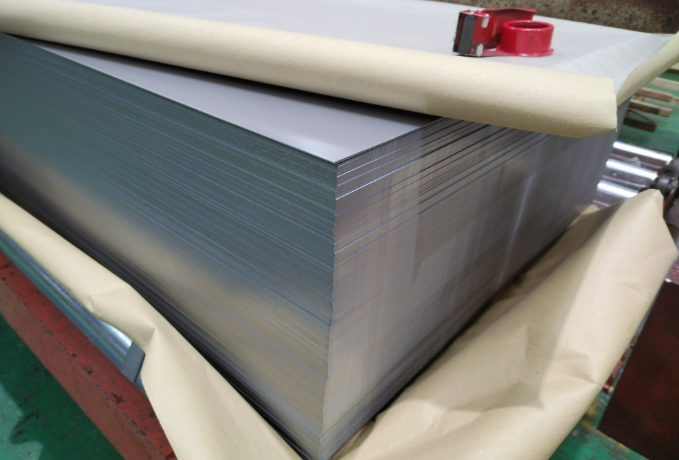
Protective Measures for Stainless Steel in Water Environments
Stainless steel, as an extensively utilized alloy material, finds applications across numerous working scenarios. However, it is crucial to emphasize that when stainless steel is
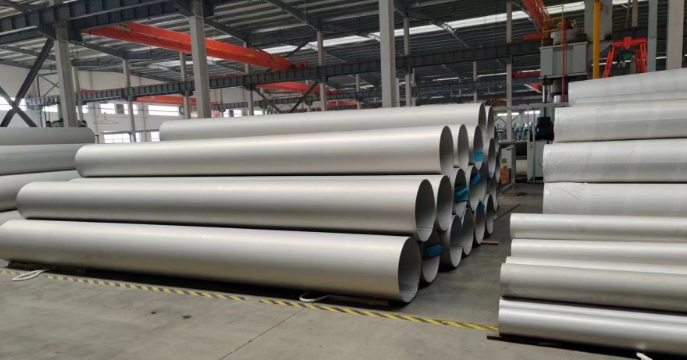
Performance Characteristics and Applications of 303 Stainless Steel
303 stainless steel, as a type of stainless steel containing sulfur and selenium, not only exhibits high machinability and resistance to high-temperature sticking but also
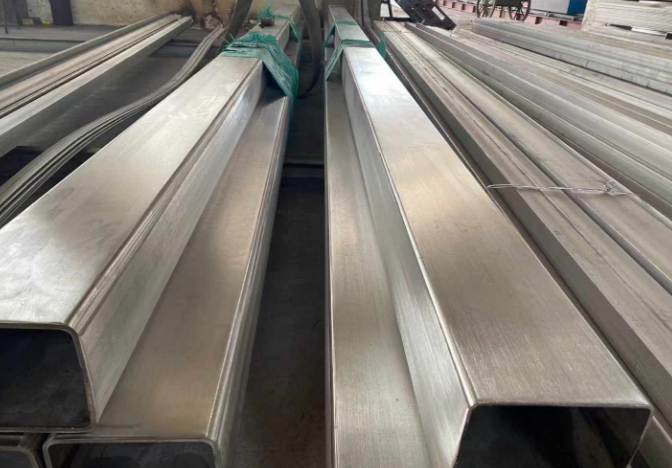
Properties, Characteristics and Applications of 416 Stainless Steel
As an outstanding martensitic stainless steel, 416 stainless steel boasts a unique chemical composition that endows it with superior magnetic properties, good corrosion resistance, ease
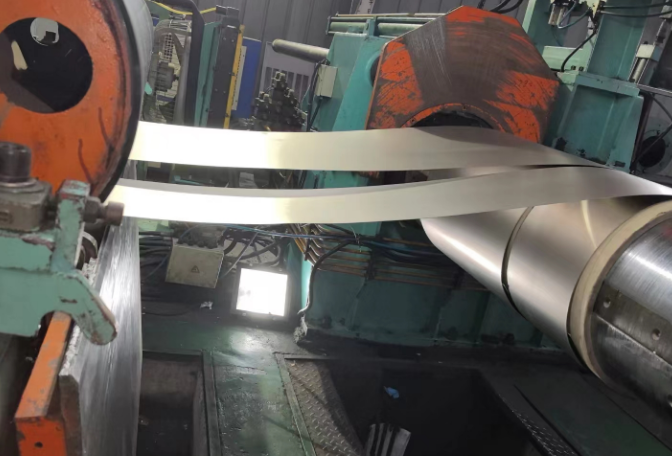
Advantages of Hot Rolling Process in Stainless Steel Manufacturing
Stainless steel, a ubiquitous metallic material, finds extensive applications across various sectors such as construction, food processing, and healthcare. Enhancing the reliability and durability of
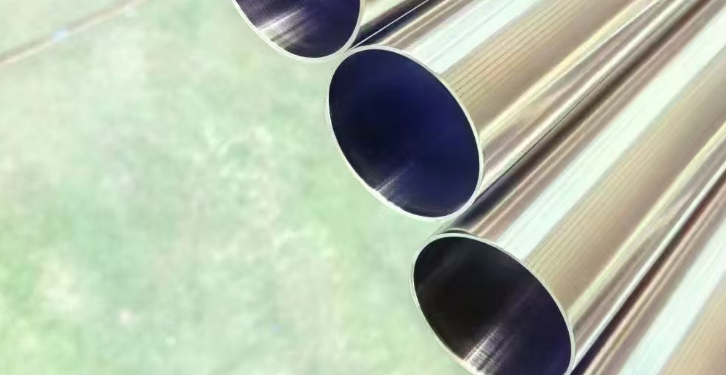
5 Methods to Enhance the Strength of Austenitic Stainless Steel
Stainless steel, as a crucial and widely utilized steel type, enjoys extensive applications in civil and industrial sectors due to its high corrosion resistance, excellent
 :+86-13012867759
:+86-13012867759  :export86@sino-stainless-steel.com
:export86@sino-stainless-steel.com
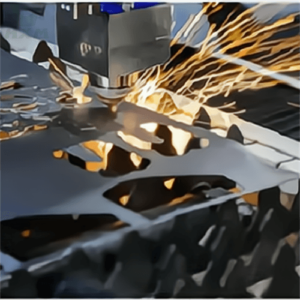
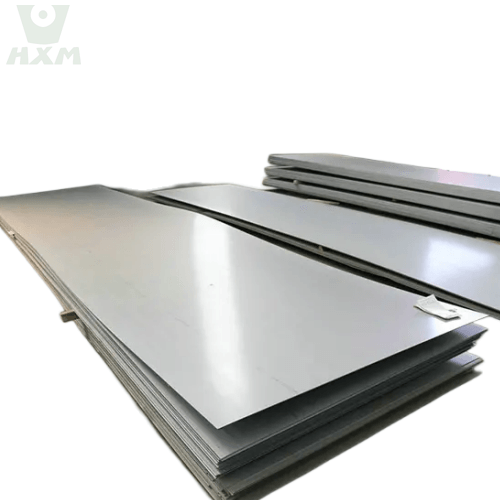
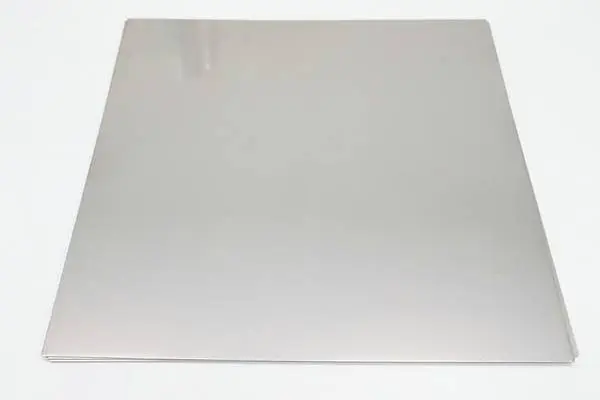
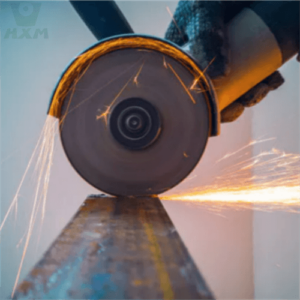


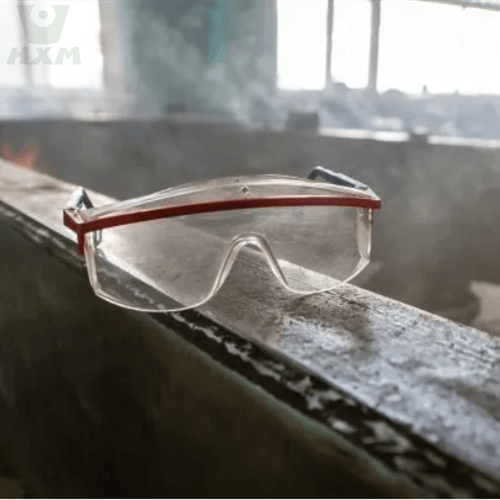
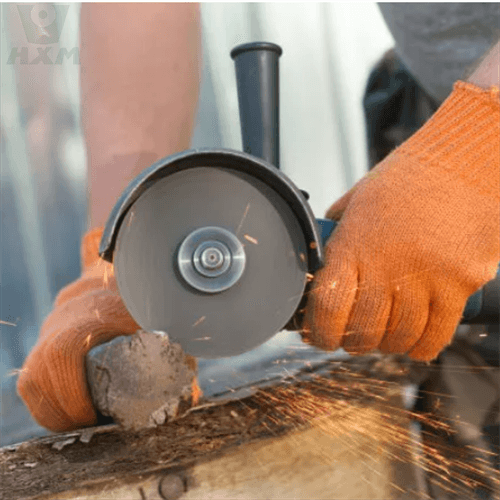
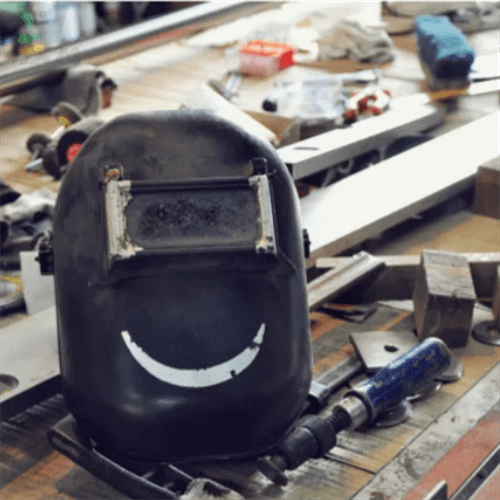
Everything is very open with a really clear description of the issues. It was definitely informative. Your site is useful. Thank you for sharing!